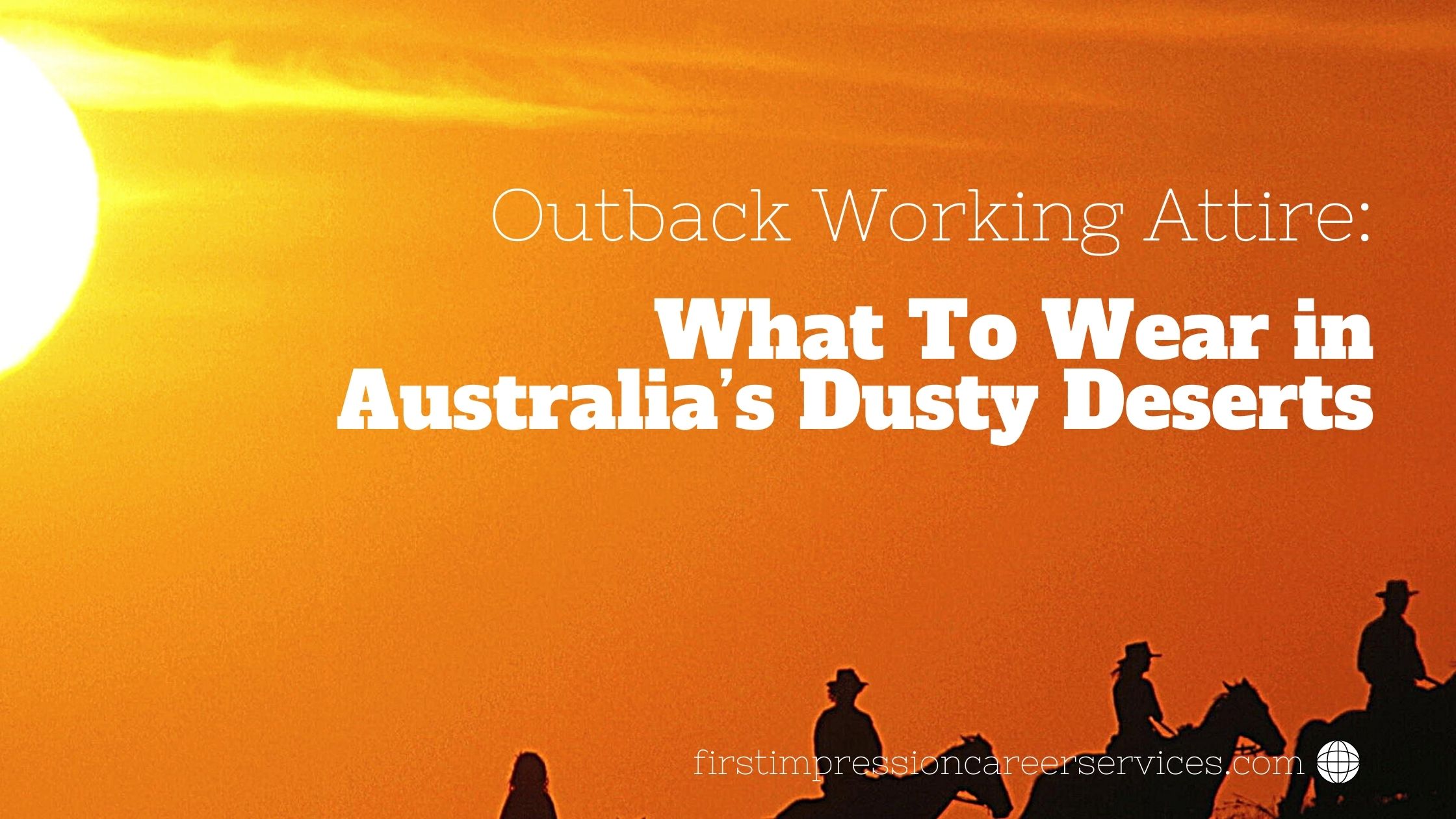We’ve written down what you will need to wear on the Outback Working Attire: What To Wear in Australia’s Dusty Deserts. The checklist will have to be prepped, and or when traveling in the outback’s inhospitable Simpson Desert.
Choose Dusty Desert Footwear
What to wear in Australia’s dusty deserts? Looking after your feet is paramount to any desert expedition and this starts with a lightweight and breathable pair of walking boots. Here are some of our tips for desert footwear selection:
- They should be well broken in but not too old.
- Make sure they’re still a good fit after a long day on your feet, feet tend to swell in the heat!
- They should have a structured sole unit that is not too soft, you need some protection.
- A gusseted tongue helps to keep sand out of the boot and reduce rubbing.
- Beware that a gore-tex lining in a boot (for waterproofing) can reduce breathability.
- We prefer fabric boots to leather for maximum breathability and minimum weight.
- Some brands worn on our expeditions include Magnum, Lowa, and Meindl.
It is well worth getting your feet measured and found a boot that you are really happy with.
Socks For Dusty Deserts
Socks are a very personal thing and something you will only get right after trying a few options. Choose something that keeps you sweating to a minimum and is capable of wicking away moisture.
We prefer a sock that is made of natural fibers but avoids cotton as it retains moisture. A synthetic liner sock for wicking and reduction of friction is another option, just remember to see if it works for you and specifically in your desert boot.
Shirts / T-shirts And Pants
Cotton has a bad name in the outdoor clothing industry because it can retain moisture, but the desert is one place where cotton comes into its element as it is comfortable and its moisture retention can help keep you cool.
All t-shirts should be made of cotton and preferably be long-sleeved which gives additional sun protection and is also a bit warmer in the evenings. Many of the more technical shirts give a UPF rating which can be a good guide, and some come with mesh ventilation flaps. Flatlock seams can also be great for reducing abrasion when you’re carrying a backpack for long periods.
Pants are good to protect your legs if you’re prone to sunburning.
- Zip-off hiking pants – really easy to care for and they double as shorts.
- Tracksuit pants – to keep you warm and toasty around the campfire and as pajamas for those below zero nights. DO NOT come to the outback in winter without them.
- Shorts – yes, some people will feel warm enough to wear shorts during the day in winter, so bring the two pairs (one pair could be your zip-off hiking pants to save space).
Sunglasses And Hats
These should be of good quality with category 4 lenses. Here’s a guide to how categories for lenses work. Choose a reputable brand and remember price isn’t an indication of protection. Brands such as Bloc are relatively inexpensive but have clear category labeling.
Desert hats must be wide-brimmed and made of cotton or breathable natural fibers. Do not bring a baseball cap as they do not provide enough sun protection. A hat can be a huge relief when there’s no option of shade from the sun. Check the UPF rating and it’s always an advantage to have a wind cord to keep it in place when the desert winds pick up.
We love sharing our knowledge and expertise in the corporate skyscrapers of Sydney. So, we’d really appreciate it if you shared this post on Facebook or LinkedIn if you’ve found this really useful.








